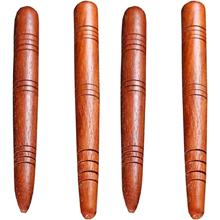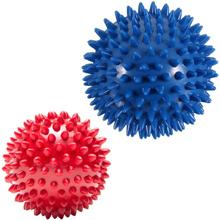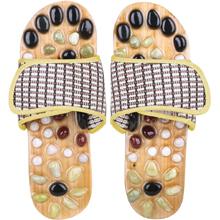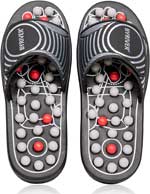Plantar fasciitis and heel pain can make every step uncomfortable. Acupressure offers a natural, non-invasive way to relieve tension and promote healing.
By targeting specific pressure points, you can reduce inflammation, improve blood flow, and ease pain without relying on medications or costly treatments.

Step-By-Step Guide: Using Acupressure for Heel Pain
Follow these steps for effective relief:
1. Prepare Your Space
- Sit in a comfortable chair or on the floor.
- Use a cushion or towel to support your foot.
2. Warm Up Your Foot
- Gently massage the heel and arch for 1–2 minutes.
- This improves blood flow and relaxes tense muscles.
3. Locate Key Pressure Points
- Yong Quan (Kidney 1): Found on the sole, near the ball of the foot. Relieves tension.
- Tai Xi (Kidney 3): Located behind the inner ankle bone. Reduces inflammation.
- Heel Trigger Point: The center of your heel, ideal for direct pain relief.
4. Apply Steady Pressure
- Use your thumb or a tool to press on each point.
- Hold for 10–30 seconds, then release.
5. Use Circular Motions
- After holding, massage the point in small circles.
- This stimulates the area and enhances relaxation.
6. Stretch Your Foot Afterward
- Flex and point your toes to stretch the plantar fascia.
- Helps reinforce acupressure benefits.
7. Repeat Daily
- Dedicate 10–15 minutes per session for the best results.
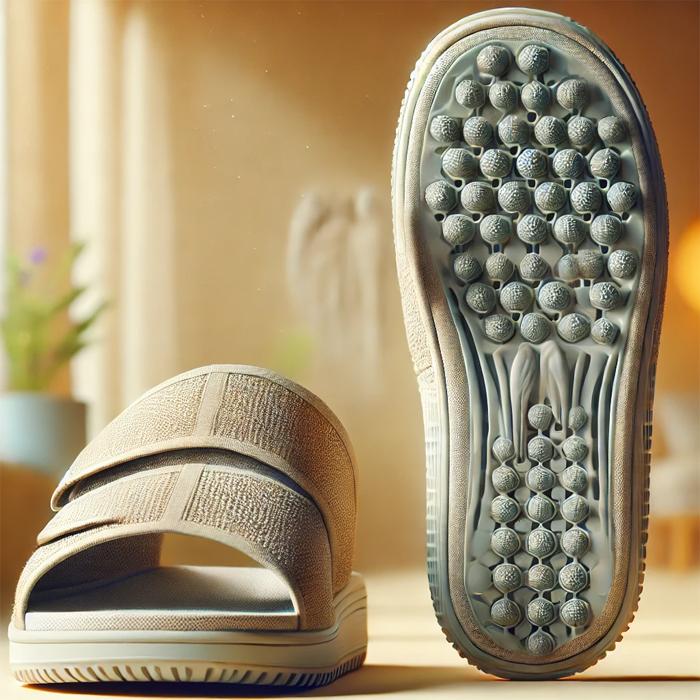
Tools For Self-Acupressure At Home
Here are effective tools to enhance your acupressure routine:
- Thumbs and Fingers
- Convenient and intuitive for targeting precise points.
- Massage Ball
- Roll your heel over a ball for a deep, even massage.
- Acupressure Mat
- Stand or press your foot into the mat for overall stimulation.
- Wooden Acupressure Stick
- Ideal for applying firm pressure to small, sensitive areas.
- Foot Roller
- Designed for plantar fascia relief, easy to use on the heel and arch.
Pros and Cons of Acupressure vs Other Methods
| Method | Pros | Cons |
|---|---|---|
| Acupressure | Non-invasive, affordable, self-guided | Requires consistency and practice |
| Stretching | Easy and free, supports long-term recovery | Limited immediate pain relief |
| Orthotic Inserts | Provides continuous support | Can be expensive, needs proper fit |
| Medications | Quick relief for inflammation | Potential side effects, temporary |
| Cortisone Shots | Effective for severe cases | Painful procedure, not a long-term solution |
Tips To Maximize Results
- Be Consistent: Daily practice ensures long-term improvement.
- Combine Therapies: Pair acupressure with stretching or supportive footwear.
- Hydrate: Drinking water helps flush toxins released during massage.
- Focus on Breathing: Deep breaths enhance relaxation and effectiveness.
- Start Gently: Avoid applying excessive pressure, especially if new to acupressure.
Conclusion: Natural Relief at Your Fingertips
Acupressure is a powerful and natural way to tackle plantar fasciitis and heel pain. By dedicating just a few minutes daily and combining acupressure with other supportive methods, you can experience noticeable relief and improve your overall foot health. Start your routine today and take steps toward a pain-free life.

